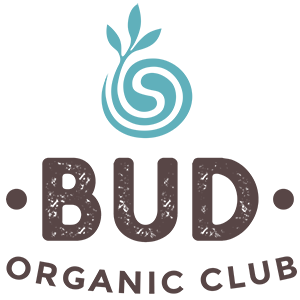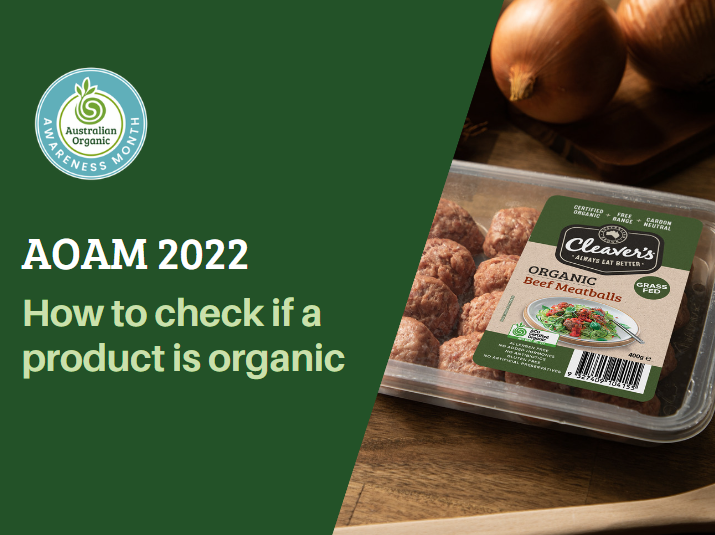As consumers, we put a lot of trust in a product label. Concerningly, here in Australia, there is no regulation for the use of the word ‘organic’ on food and goods. In fact, a product with as little as two per cent organic ingredients can have ‘organic’ on the packaging.
Last year, the Australian Organic Market Report uncovered one third of shoppers who had purchased an organic product during the previous year believed they had been misled by organic claims on the packaging.
Without domestic regulation on the use of the word ‘organic’ in Australia, consumers need to be increasingly vigilant to be sure what they are buying is what it says it is.
This Australian Organic Awareness Month, we’re encouraging consumers to find out more about organic, including what organic means, how it is priced, how it is healthier and how it is beneficial for animals. Importantly, we are sharing our tips on how to check if a product is truly organic.
Understanding organic certification
The Australian Certified Organic Standard (ACOS) has strict guidelines about the requirements for a product to be certified as organic. Government-approved organic certification bodies conduct rigorous audits to ensure certified organic operators comply with these requirements, and this includes tracing all products used in the production process.
Certification is important so that you can trust that the product you are buying is 100 per cent organic grown and processed.
Read the product label
To ensure you are buying authentic certified organic products, it’s critical to check the product label for certification. The ‘Bud’ certification logo is the most trusted organic logo in Australia and is recognised by 63 per cent of shoppers. You can find it on more than 32,000 products across supermarkets, bottle shops and local farmers markets.


